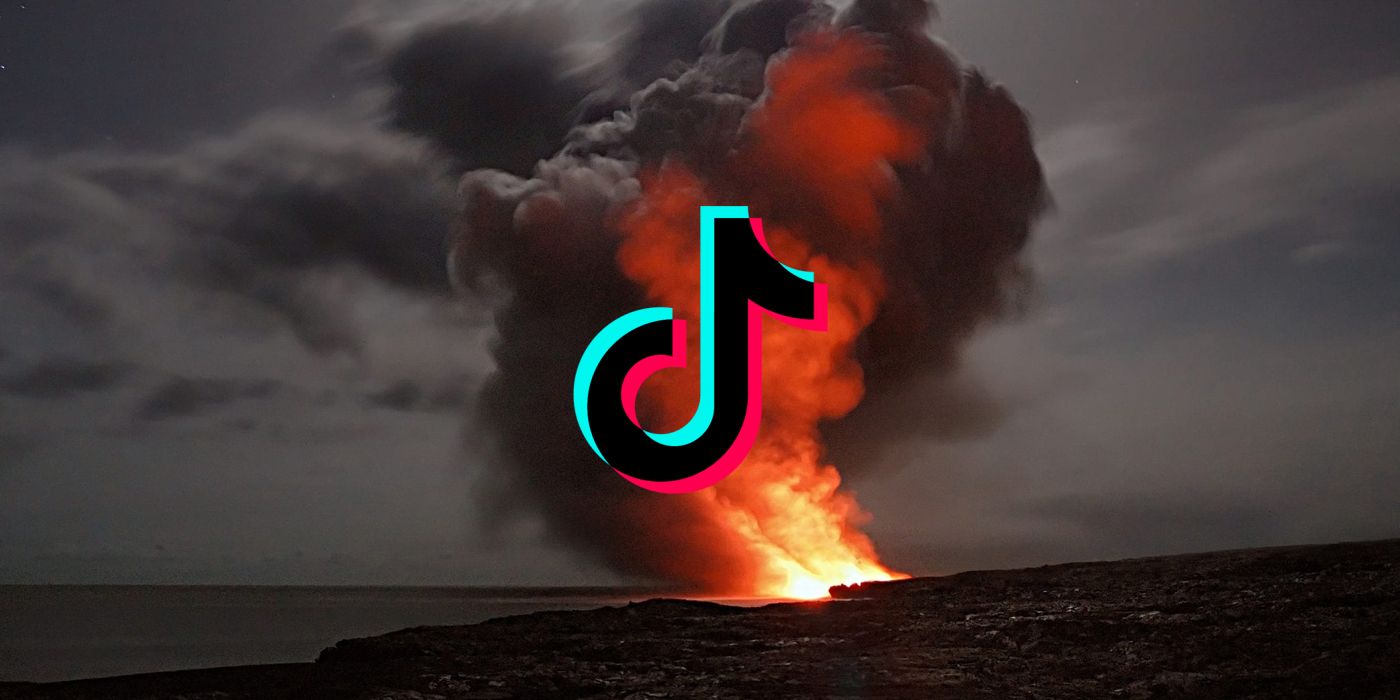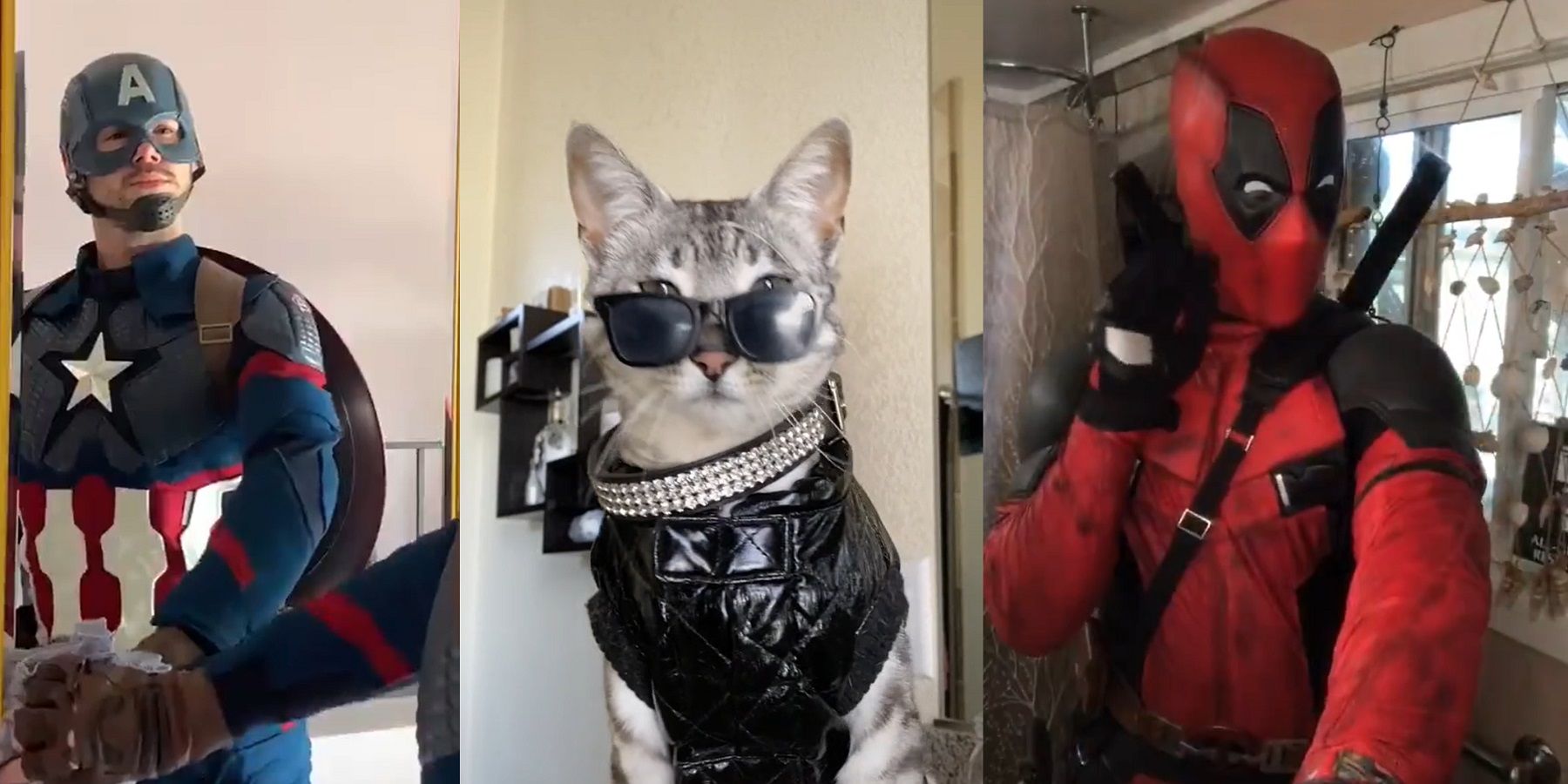
There's a war going on between the two houses of TikTok, and it stems from the most basic of entertainment rivalries. The debate between Straight TikTok and Alt TikTok has spilled over into Twitter arguments, spreading awareness of this most important of distinctions.
TikTok started as Musically but its true roots, for some, are in Vine. The peacefully-resting, short-form video service was so influential that compilations of Vine videos are fondly remembered as "the good, old days" to people, despite that time being less than a decade ago. With such short videos, Vine creators had to deliver humor with efficiency, while also being relatively unrefined compared to the carefully-edited content one might expect from YouTube. At the same time, Instagram has given rise to an unexpected culture of model-like content creators. There's a community on Instagram for traditionally attractive men and women who exclusively post "thirst traps": carefully-crafted self-portraits intended to gain attention due to their physical beauty.
Both genres – the weird, condensed comedy of Vine and the glamourous, titillating posts of Instagram – have found a new home on TikTok. The latter is typically referred to as Straight TikTok. People in this space make a career out of being attractive and having mainstream appeal. Straight TikTokers are the internet equivalent of the popular kids in school; the prom kings and queens who we see being pursued in most teen dramas. One great example of this is the "Don't Rush Challenge" which featured attractive people transitioning into... more attractive versions of themselves while a song by the same name played. Compilations of that trend went viral earlier this year as celebrities and athletes took part.
Alt TikTok is for the weirdos. Their content is generally more focused on humor and the biggest Alt TikTok videos are those that are funny in ways that can't easily be explained. Alt TikTokers aren't necessarily unattractive, but their focus is on entertaining first, rather than being ogled. It's tough to call them outsiders, but their style of humor is off-beat and likely won't connect with people who don't spend time on the internet. If you didn't get Vine, you might not get Alt TikTok. Sarah Cooper's strange, amazing Donald Trump lip-sync videos are an example of popular Alt TikTok.

At its core, this is really an argument about selling out and being real. As is the case with sell-outs, Straight TikTokers don't like being called Straight TikTokers. It's an insult of sorts that says the person is mainstream, but in that "so popular, you're annoying" way. Alt TikTokers don't really get drama for being Alt, but they also don't achieve the same levels of popularity Straight TikTokers do. There's the occasional dig at Alt TikTok, reducing it to people being odd for the sake of being odd, but overall, everyone wants to think they're creating meaningful art with their TikTok content.
Ultimately, the "fight" is a microcosm of why TikTok is so successful. There's something for everyone and it's all incredibly accessible. Millions of people, apparently, just want to see hot people dancing to rap songs or posturing on camera, and there's plenty of that. Others want to see weird jokes that are too off-beat for TV, yet still hilarious, but also inexplicable. The TikTok platform borrowed ideas from Vine, Instagram, and Snapchat, so it makes sense that its audience is an amalgamation of people who would have excelled on those platforms, too.
Source: TIK TOK [on YouTube]
from ScreenRant - Feed https://ift.tt/3dylej7


0 Comments